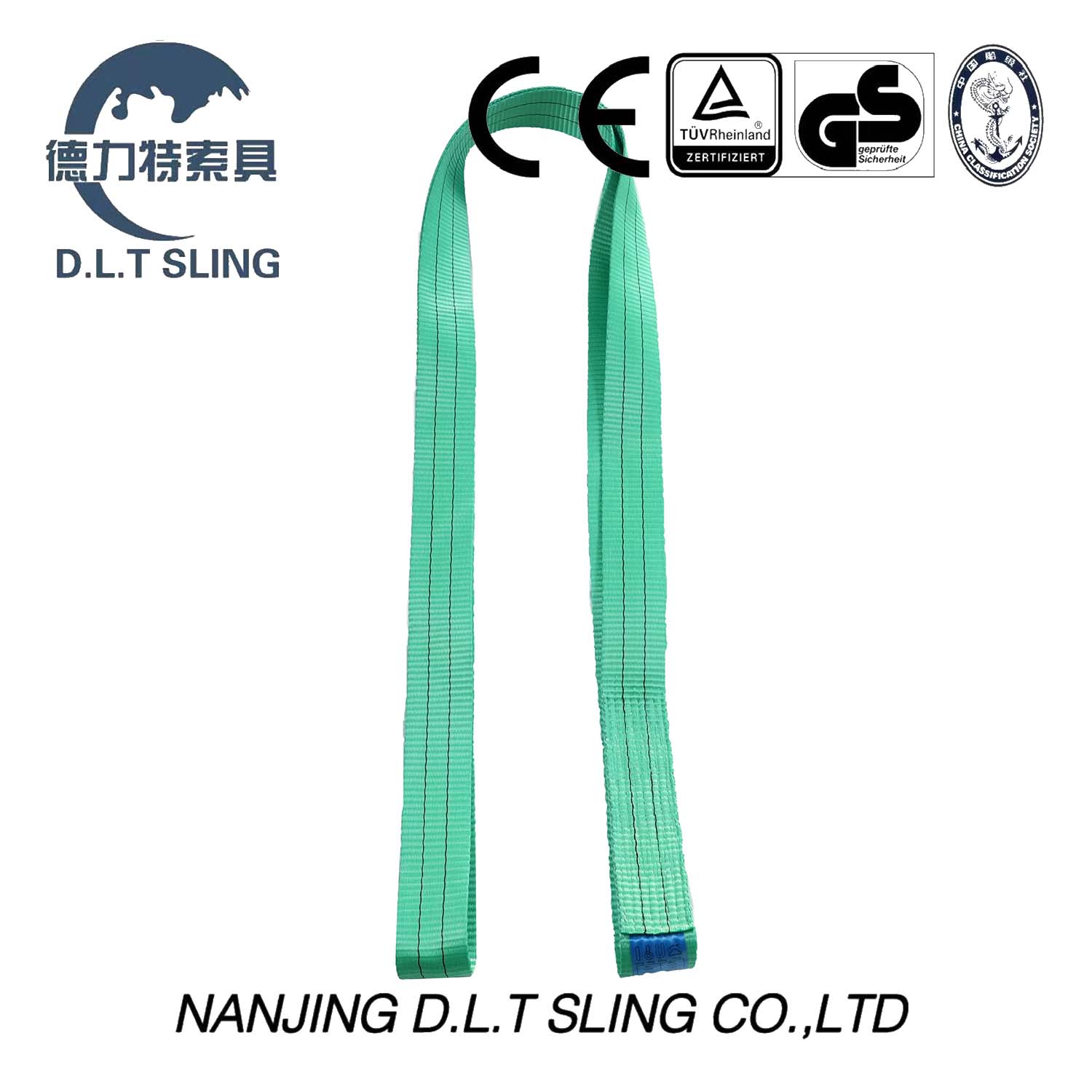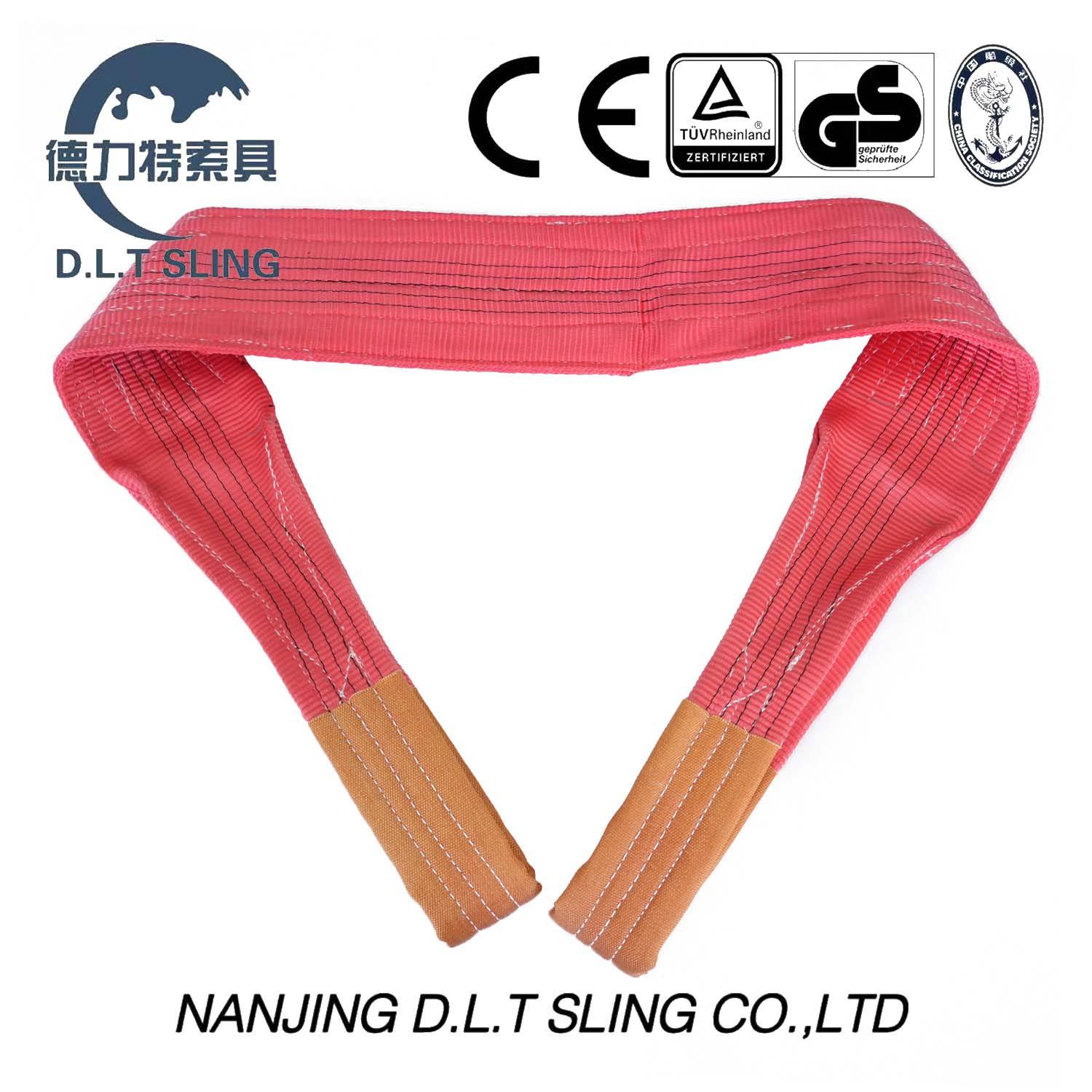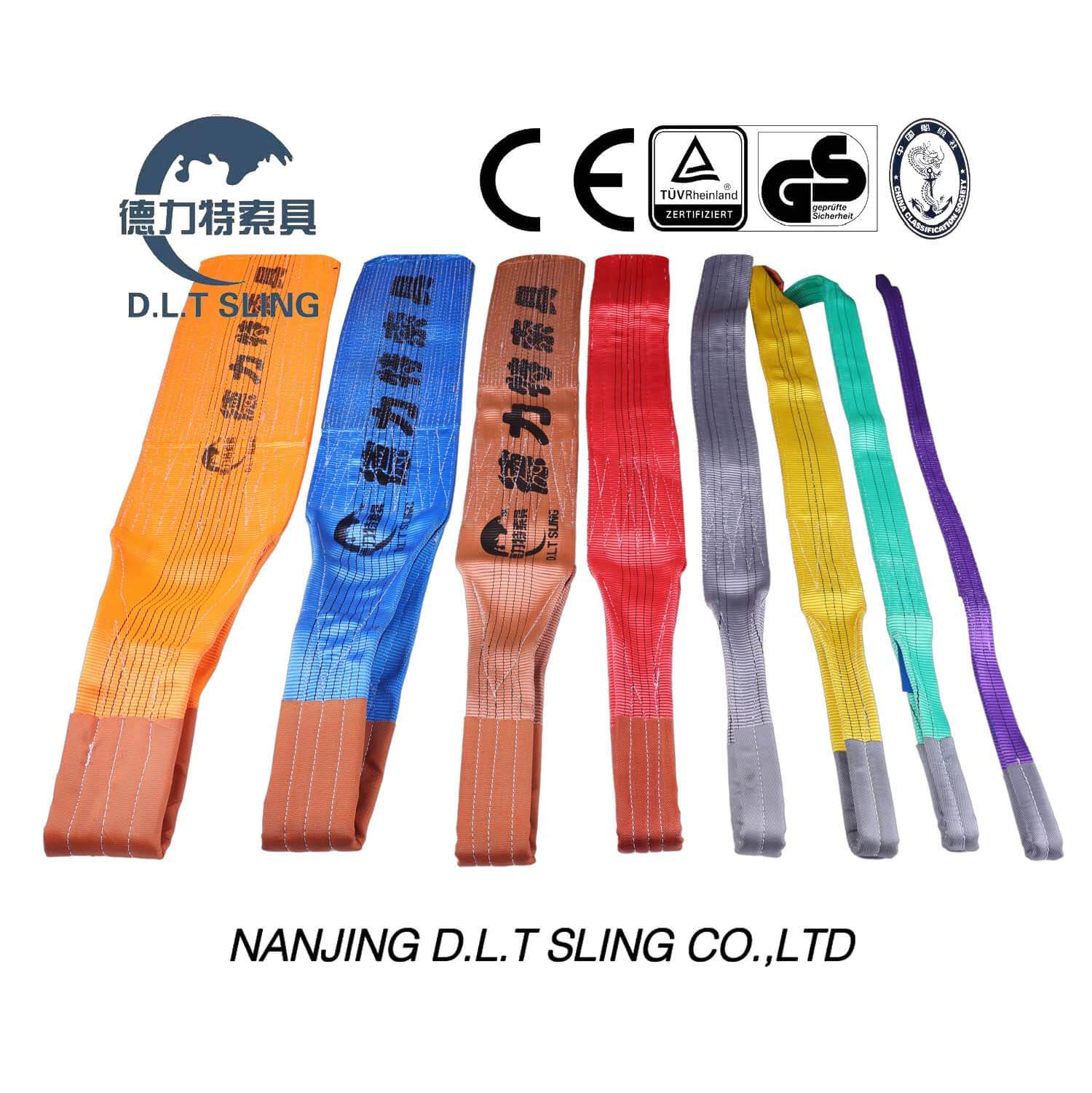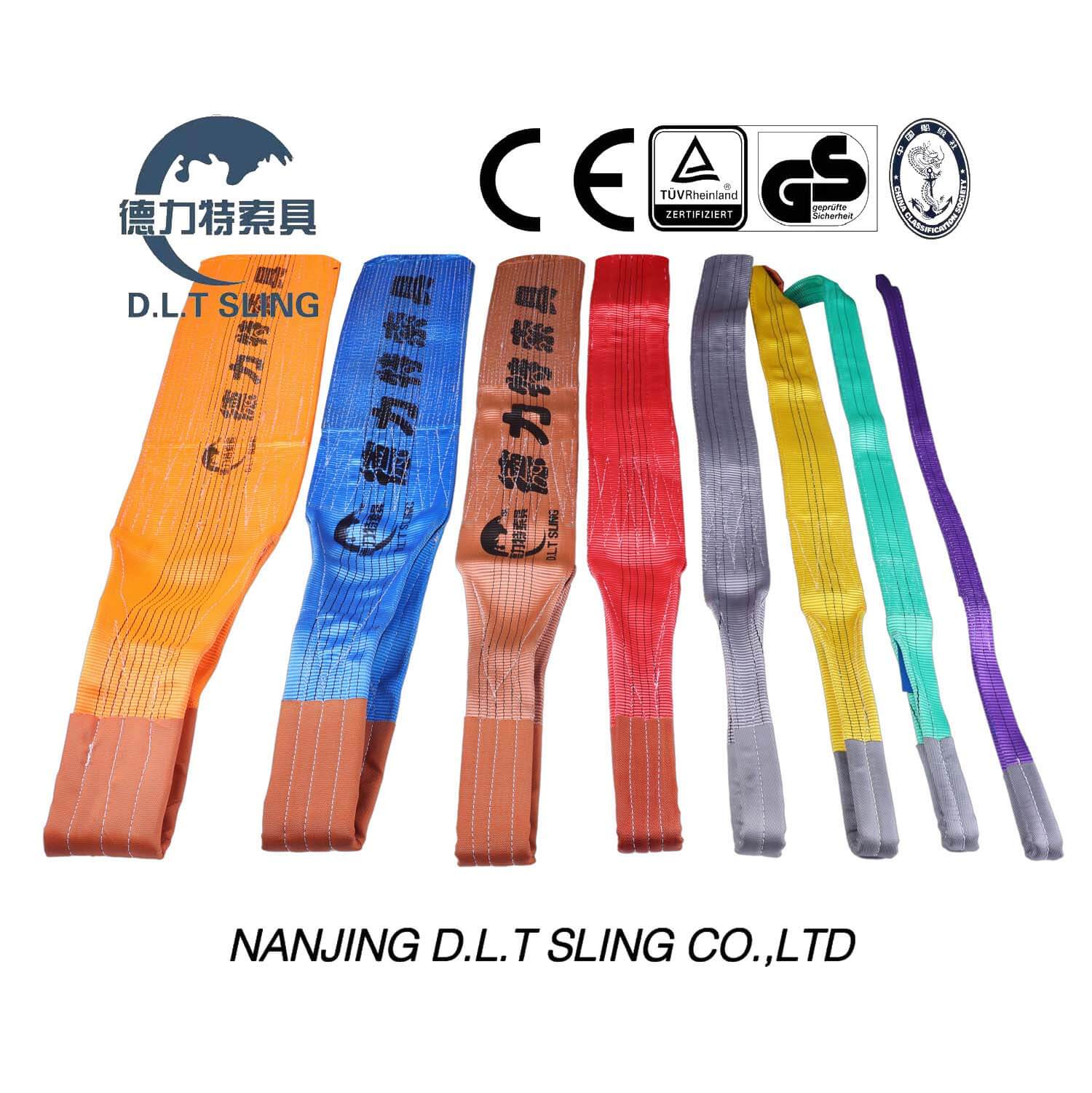What are Endless Web Slings Called?
Endless web slings are a cornerstone of modern lifting operations, valued for their flexibility, strength, and reliability. Often overlooked due to their simplistic appearance, these versatile tools play a pivotal role in numerous industries where effective and safe lifting techniques are paramount. However, defining these essential tools correctly can sometimes be a challenge. Let's delve deeper into the world of lifting equipment and uncover the alternate names by which endless web slings are known in various industrial circles.
Endless web slings are frequently referred to as continuous loop slings due to their seamless, unbroken construction. This name aptly describes the design of these slings, whose circular nature allows for uniform weight distribution and enhanced load-bearing capabilities.
Another common moniker for endless web slings is round slings. Despite the flexible, flat nature of webbing material, these slings achieve a circular shape when loaded, providing a secure grip around the lifted item. The round sling designation emphasizes the all-encompassing support these slings offer, making them an indispensable tool for a diverse range of lifting applications.
Some professionals in the lifting and rigging sector may also use the term belt slings to describe endless web slings. This designation underscores the similarity between these slings and traditional belts, highlighting their role in securing and supporting heavy loads with efficiency and ease.
In certain industries, endless web slings are affectionately referred to as soft rounds. This term reflects their pliable nature and the gentle touch they provide to delicate or sensitive loads during lifting operations. The soft round designation underscores the versatility of these slings in accommodating various shapes and sizes without causing damage.
Endless web slings, known by these alternate names, are an indispensable asset in the realm of lifting and rigging. Their ability to conform to diverse load shapes, distribute weight evenly, and withstand heavy loads makes them a go-to solution for ensuring safe and efficient lifting operations across industries. Understanding the various names associated with endless web slings sheds light on the multiple dimensions of their utility and underscores their significance in contemporary lifting practices.
Regardless of the name used to describe them, the enduring value of endless web slings lies in their reliability, adaptability, and capacity to enhance the safety and efficacy of lifting tasks in industrial settings.



